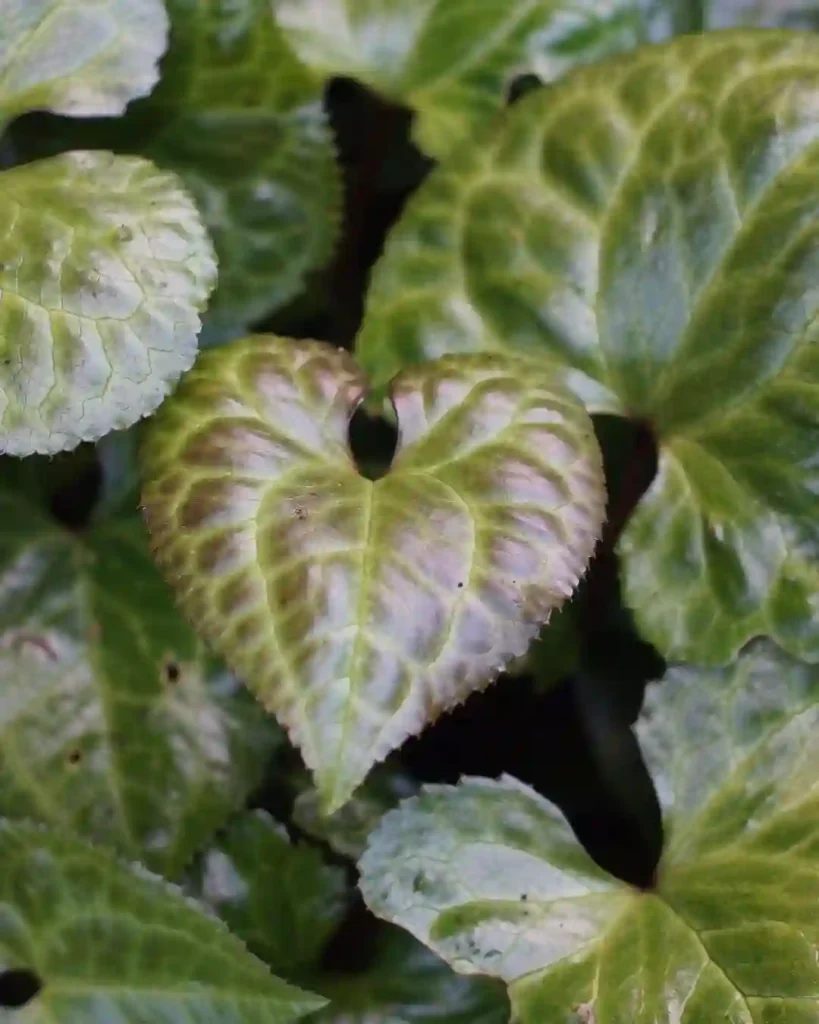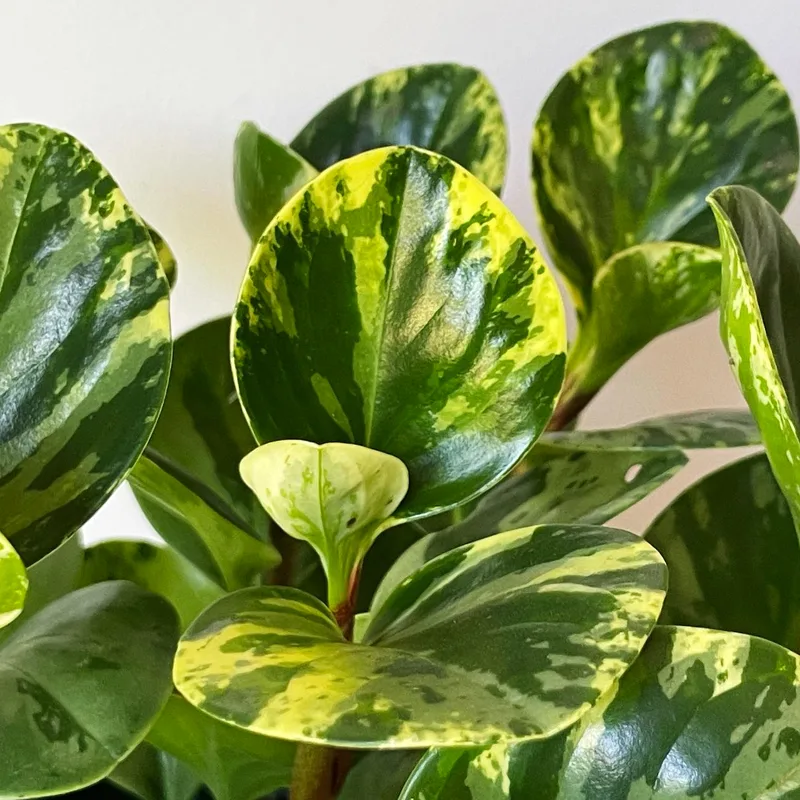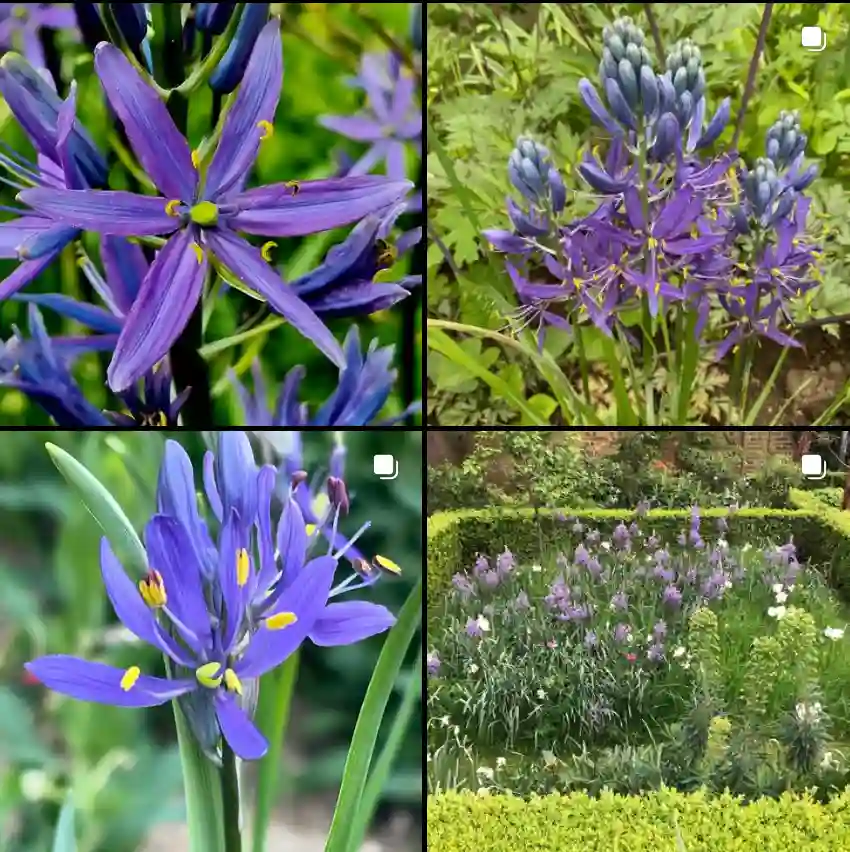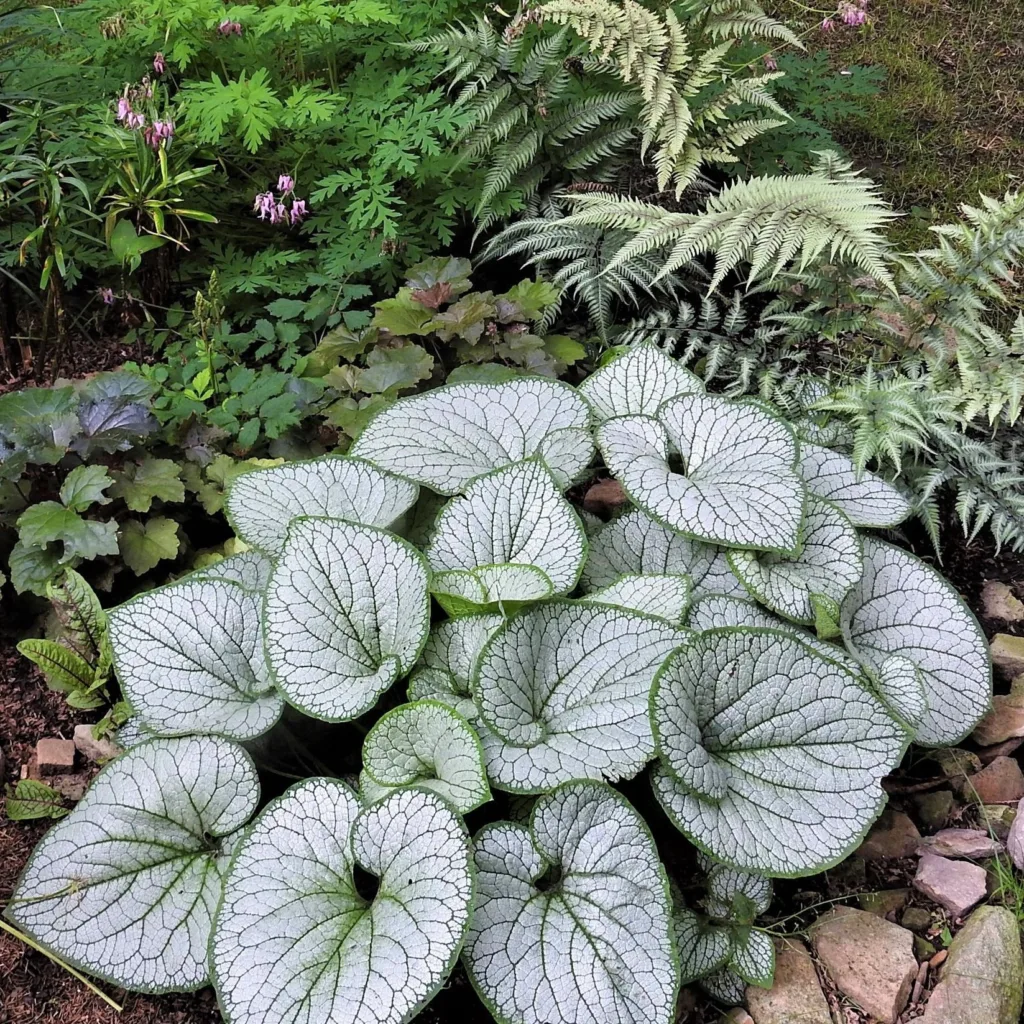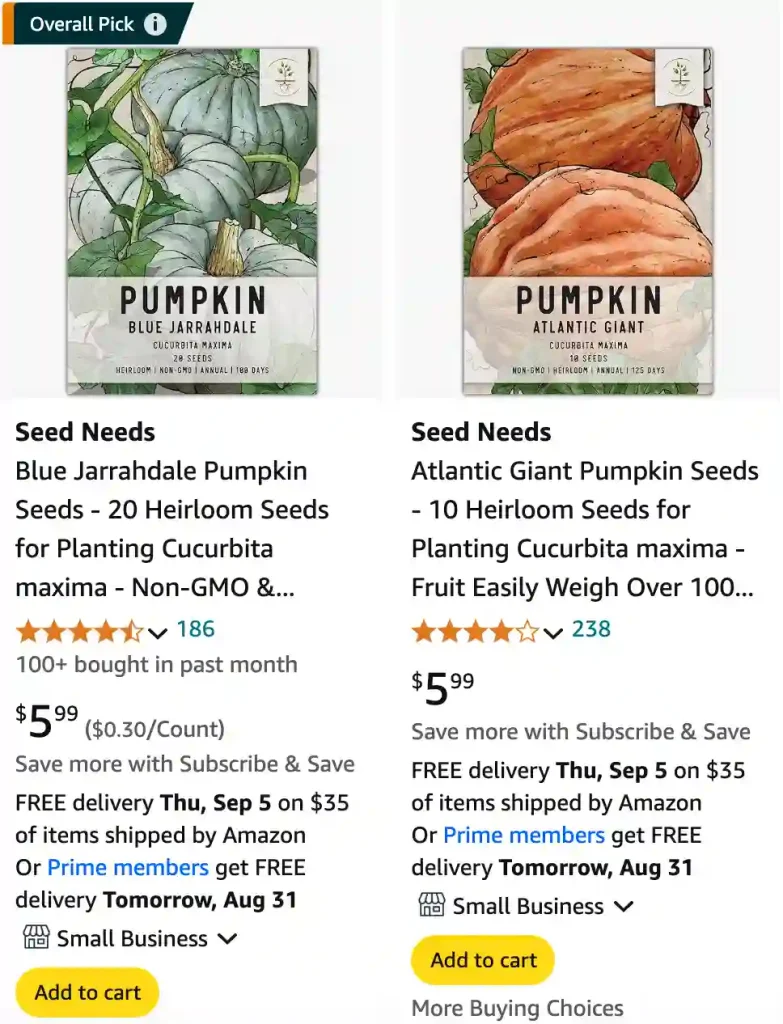
Frequently Asked Questions about Cucurbita Maxima
As a plant enthusiast, I’ve found myself fascinated by Cucurbita Maxima, a versatile and hearty species. Through my experiences, I’ve gathered information on some of the most frequently asked questions about this remarkable plant. Let’s dive into what makes Cucurbita Maxima unique, how to grow it, cook it, and much more.
19 Species in Genus Cucurbita
What is Cucurbita Maxima?
Cucurbita Maxima is a species of squash known for its large, round fruits that come in various shapes and sizes. This species includes popular varieties like Hubbard squash, Kabocha, and many types of pumpkins. The fruits have thick, hard rinds and vibrant flesh, making them ideal for cooking and ornamental use. Originating from South America, Cucurbita Maxima is now cultivated worldwide due to its adaptability and the culinary versatility of its fruits.
How to Cook Cucurbita Maxima?
Cooking Cucurbita Maxima is a delightful experience due to its sweet, nutty flavor and firm texture. Here are some popular methods:
- Roasting: Cut the squash into cubes or wedges, drizzle with olive oil, sprinkle with salt and pepper, and roast in the oven at 400°F for about 30-40 minutes. This method caramelizes the natural sugars, enhancing the flavor.
- Boiling: For a quick preparation, peel and cube the squash, then boil until tender. This is great for making soups and purees.
- Baking: Stuffed Cucurbita Maxima is a treat. Cut the top off, remove seeds, stuff with grains, vegetables, and spices, and bake until tender.
- Steaming: Steaming retains most of the nutrients and is perfect for a healthy side dish.
Are Cucurbita Maxima Gymnosperms?
No, Cucurbita Maxima are not gymnosperms. They are angiosperms, which means they are flowering plants that produce seeds enclosed within a fruit. Unlike gymnosperms, which have naked seeds, angiosperms like Cucurbita Maxima have seeds that develop inside the fruit, such as the pumpkin or squash.
Is Cucurbita Maxima Squash Borer Resistant?
Unfortunately, Cucurbita Maxima is not naturally resistant to squash vine borers. These pests can cause significant damage by boring into the stems, leading to wilting and plant death. However, there are some preventive measures you can take:
- Timing: Planting early in the season can help avoid the peak borer activity period.
- Physical Barriers: Using row covers or applying a protective barrier around the plant base can deter borers.
- Regular Inspection: Checking for signs of borers and removing affected parts can help control their spread.
When to Harvest Cucurbita Maxima?
Harvesting Cucurbita Maxima at the right time is crucial for optimal flavor and storage. Typically, these squash are ready to harvest in late summer to early fall. Here are some signs to look for:
- The rind should be hard and resistant to puncture.
- The color should be vibrant and consistent.
- The stem should begin to dry and turn brown.
Once harvested, allow the squash to cure in a warm, dry place for a week or two. This helps to harden the skin and improve storage life.
When to Plant Cucurbita Maxima Pumpkin?
The best time to plant Cucurbita Maxima pumpkins is in the late spring, once the danger of frost has passed and the soil has warmed. Ideally, soil temperatures should be around 70°F. Planting at this time ensures that the plants have a long growing season to mature before the fall harvest.
Which Brands of Pumpkin Seed Oil are from Cucurbita Maxima?
Pumpkin seed oil is a popular product derived from Cucurbita Maxima seeds, particularly from the Styrian pumpkin variety. Some well-known brands that produce pumpkin seed oil from Cucurbita Maxima include:
- La Tourangelle: This brand offers a variety of high-quality oils, including pumpkin seed oil.
- Pödör: A premium brand specializing in cold-pressed oils, including Styrian pumpkin seed oil.
- Napa Valley Naturals: Known for organic and high-quality oils, this brand also offers pumpkin seed oil.
Will Cucurbita Maxima and Mixta Cross?
Cucurbita Maxima and Cucurbita Mixta (also known as Cucurbita Argyrorsperma) belong to different species and typically do not cross-pollinate naturally. However, in a controlled environment with manual intervention, it is possible for these species to cross, but the resulting hybrid may not retain the desirable traits of either parent.
Cucurbita Maxima vs. Cucurbita Pepo
Cucurbita Maxima and Cucurbita Pepo are both popular squash species, but they have distinct differences:
- Cucurbita Maxima: Known for its thick, hard rind and larger fruits, this species includes varieties like Hubbard, Kabocha, and Buttercup squash.
- Cucurbita Pepo: This species includes summer squash and pumpkins with thinner skins, such as zucchini, acorn squash, and most ornamental pumpkins.
The main difference lies in the rind’s thickness and the type of fruit produced. Cucurbita Maxima varieties are generally better suited for storage and winter use, while Cucurbita Pepo varieties are often enjoyed fresh.
Cucurbita Maxima vs. Moschata
Comparing Cucurbita Maxima with Cucurbita Moschata (another squash species) reveals several key differences:
- Cucurbita Maxima: These squash have a rounder shape, thick skin, and are more frost-sensitive.
- Cucurbita Moschata: Includes butternut squash and cheese pumpkins, known for their elongated shape, tan-colored rind, and better resistance to pests and diseases, particularly squash vine borers.
Cucurbita Moschata is generally more versatile in warmer climates and has a longer storage life than Cucurbita Maxima.
Common Problems with Growing Cucurbita Maxima
Growing Cucurbita Maxima can come with challenges, including:
- Pests: Squash vine borers and squash bugs are common pests.
- Diseases: Powdery mildew and downy mildew can affect leaves, reducing plant vigor.
- Watering: Overwatering can lead to root rot, while under-watering can cause poor fruit development.
Using proper cultural practices, such as crop rotation, good airflow, and regular monitoring, can help mitigate these issues.
Can You Grow Cucurbita Maxima Indoors?
While it’s not common, growing Cucurbita Maxima indoors is possible with the right conditions. Since these plants require a lot of space and sunlight, using large containers and providing at least 6-8 hours of direct sunlight or using grow lights can help. Indoor cultivation is more suited for smaller varieties of Cucurbita Maxima, like mini pumpkins or small squash.
Benefits of Cucurbita Maxima
Cucurbita Maxima offers several benefits:
- Nutritional Value: Rich in vitamins A, C, and E, as well as dietary fiber.
- Culinary Uses: Versatile in cooking, from soups to baked goods.
- Decorative Use: Perfect for fall decorations and carving.
In summary, Cucurbita Maxima is a versatile and valuable plant species that offers numerous culinary, decorative, and nutritional benefits. Whether you’re growing them in your garden or using them in your kitchen, understanding how to care for and utilize these plants can enhance your gardening and culinary experiences.
If i die, water my plants!
